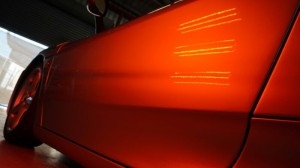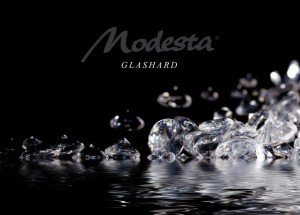Theory of Infrared Curing
« Back to BlogPosted: 10 Oct 2015
Theory of Infrared Curing
Article From: Products Finishing, Paul R. Horinka from Morton Powder Coatings.
Infrared energy is a form of radiation, which falls between visible light and microwaves in the electromagnetic spectrum. (See Figure 1) Like other forms of electromagnetic energy, IR travels in waves and there is a known relationship between the wavelength, frequency and energy level. That is, the energy (temperature) increases as the wavelength decreases (See the directional arrows in the figure).
Unlike convection, which first heats air to transmit energy to the part, IR energy may be absorbed directly by the coating. It may also be reflected or transmitted to the substrate. (See Figure 2) When the equipment is properly matched with the application either absorption (to heat the powder) or transmission (to heat the part) may become the primary method used to achieve cure. Because the energy is radiant (in the form of radiation), IR cure is known to have limitations based on line of sight. That is, the energy only travels in a straight line, to be absorbed by sections of the part facing the source, much like a flashlight illuminating an area of the part.
Since the thermal conductivity of metals is excellent, some energy may be selectively transmitted to the substrate resulting in cure of hidden areas via a conduction mechanism. This allows cure to be achieved on the inside of a steel tube, for example. Also, in some cases IR may provide some degree of convection heating, which also helps to achieve non line-of-sight cure. IR systems are usually described as high, medium or low intensity. This refers to the energy level of the source.
• High energy (short wavelength) IR is characterized by bright visible light which is also emitted. Most of the energy is transmitted through the coating to be absorbed by the substrate. This type of cure is therefore best suited for complex part shapes (non line-of-sight heating) where it is used to heat the substrate. The fastest heat up rate is possible with high energy IR.
http://www.pfonline.com/articles/understanding-infrared-curing










